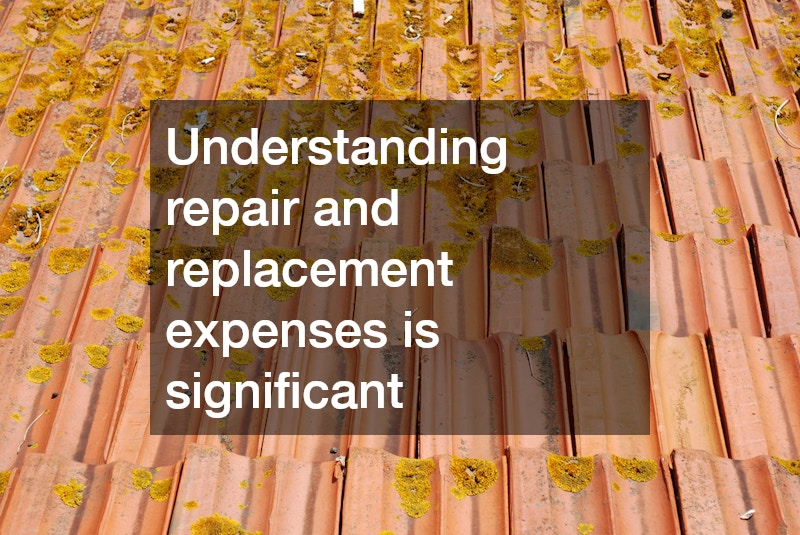Choosing the right type of commercial roofing is crucial for the safety, efficiency, and aesthetic appeal of your business premises. This article will guide you through the essential considerations and options available, ensuring you make an informed decision. A comprehensive understanding of the available roofing types will help in optimizing the investment towards your commercial property’s longevity and performance.
1. What are the Common Types of Commercial Roofing?
A. Metal Roofing
Metal roofing is recognized for its durability and ability to withstand harsh weather conditions, making it a popular choice for businesses. It is available in various materials such as steel, aluminum, and copper, affording flexibility in both budget and design. The initial investment might be higher compared to other types, but its longevity often justifies the cost. Additionally, metal roofs typically reflect solar heat, which can significantly reduce cooling expenses.
B. Built-Up Roofing (BUR)
Built-Up Roofing, commonly abbreviated as BUR, consists of multiple layers of tar and gravel. This type of roofing is valued for its robustness and multiple protective layers, each contributing to the overall strength and weather resistance. An added benefit is its low maintenance requirements over its lifespan, which can often span several decades. Business owners frequently choose BUR for flat roofs due to its proven effectiveness in water resistance and insulation.
C. Thermoplastic Roofing (TPO)
TPO roofing is a single-ply membrane known for its flexibility and resistance to UV radiation. Ideal for various climates, TPO roofs are lightweight yet resilient, which adds to their appeal for businesses in both warm and cold regions. They offer great energy efficiency due to their reflective properties, significantly reducing energy expenses. TPO’s easy installation process and competitive pricing make it a compelling option for many commercial properties.
D. Ethylene Propylene Diene Monomer (EPDM) Roofing
EPDM roofing is a highly durable synthetic rubber roof typically used on low-slope buildings. Its simplicity in installation and maintenance makes it favorable, particularly for commercial buildings seeking cost-effective roofing solutions. Widely acknowledged for its exceptional longevity, EPDM roofs can last 30 to 50 years with proper care. Its ability to withstand extreme elements without losing its integrity is one of its many selling points.
2. How to Assess the Durability of a Roofing Type?
A. Weather Resistance
When evaluating roofing options, weather resistance is a key factor to consider, as it dictates a roof’s longevity and maintenance needs. Metal and EPDM roofs, for instance, are exceptional at handling extreme weather conditions like strong winds and heavy rainfall. Built-Up Roofing is appreciated for its multi-layer protection against environmental factors. Each roofing type has unique strengths, and assessing its weather durability according to your location’s climate is crucial.
B. Longevity and Warranty
Longevity is an essential consideration for any significant investment in commercial roofing. Most metal roofs offer a lifespan extending beyond 50 years, often accompanied by lengthy warranties that reflect their durability. TPO roofing, despite being lightweight, can provide reliable service for 20 to 30 years, backed by respectable warranty options. Assessing the roofing type alongside the warranty provided will ensure you choose a solution that aligns with long-term business goals.
C. Maintenance Requirements
Different roofing types come with varying maintenance demands, impacting long-term cost and effort. EPDM and TPO roofs generally require minimal maintenance, mostly involving routine inspections and minor repairs. Conversely, BUR may need more frequent checks due to its layered construction but compensates with extended durability. Proactively understanding these needs helps in strategizing maintenance budgets effectively within a commercial setting.
3. What Are the Cost Implications of Different Roofing Options?
A. Initial Installation Costs
Initial costs of roofing types significantly affect the overall project budget. Metal roofing, though initially expensive, offers savings over time due to its low repair and maintenance needs. TPO provides a cost-effective installation option without compromising on quality or performance. Carefully balancing upfront costs with anticipated long-term benefits is important for selecting the most economically sensible roofing type.
B. Long-Term Cost Efficiency
Longevity and less frequent repairs often translate into long-term savings with options such as metal and EPDM roofing. TPO and BUR present energy-efficient solutions that contribute to reductions in heating and cooling costs. Assessing roofing with a consideration for overall energy savings and maintenance fees is crucial for determining value over time. A strategic approach can significantly impact financial outcomes positively for business enterprises.
C. Repairs and Replacements
Understanding repair and replacement expenses is significant for forecasting budgeting needs. EPDM roofing requires minimal repairs due to its resilient structure, making it affordable long-term. On the other hand, damages in BUR might necessitate specific care due to its multiple layers. Acknowledging potential costs associated with various scenarios can influence the decision toward economically sustainable solutions.
D. Energy Efficiency and Savings
Thermoplastic and metal roofing options are known for their high level of energy efficiency. Their reflective properties help in substantially reducing heat absorption, thus lowering energy costs associated with cooling. Over time, investment in such energy-efficient roofing translates into noticeable financial savings for businesses. Assessing energy efficiency is integral when considering a roofing type in relation to long-term operational costs.

